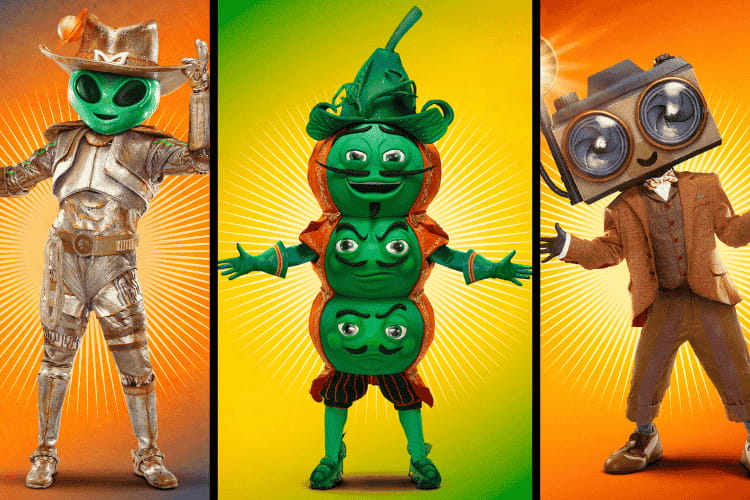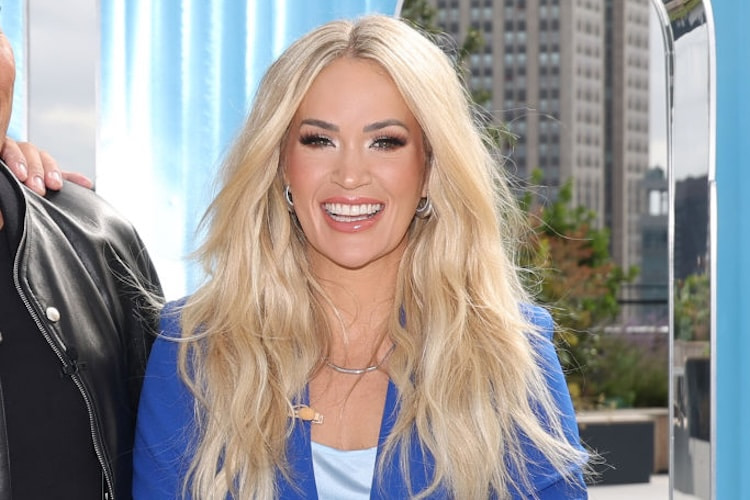New Fly Species Named RuPaul Because of its “Legs For Days”
 VH1/2021 Paramount+, Inc.
VH1/2021 Paramount+, Inc. Reading Time: 2 minutes
A new fly species was just named after RuPaul and the reasoning is both hilarious and perfectly fitting. It’s all thanks to Australian entomologist Bryan Lessard, who has a habit of naming bugs after pop culture figures.
A species of soldier flies will now be known as the RuPaul fly, or Opaluma rupaul. The name has the drag queen’s seal of approval, as he tweeted the news on Wednesday.
Australian Fly Species Named After RuPaul
Lessard, who works for Australia’s scientific research agency CSIRO, told the Guardian that it was an “obvious decision” to name the insect after RuPaul, as he had been watching a lot of Drag Race at the time. He said the fly “would challenge RuPaul on the runway serving fierce looks.”
“It has a costume of shiny metallic rainbow colors, and it has legs for days,” Lessard explained, adding that he likes giving insects “fabulous names, to get people excited about them.”
The fly is part of the Australian genus Opaluma, which has its own fabulous inspiration. The name comes from the Latin words for opal and thorn, because the insects look like “little gems buzzing around the forest floor” and have a thorn under their abdomen.
SEE ALSO: HOW RUPAUL BECAME THE WORLD’S MOST FAMOUS DRAG QUEEN AND CHANGED LGBTQ+ REPRESENTATION
Bryan Lessard Loves Naming Insects After Pop Culture
Take one look at the shiny, rainbow-colored RuPaul fly, and it’s easy to see why Lessard chose the name. It’s not the first time he’s taken inspiration from pop culture when naming a species. The first was the Scaptia beyonceae, or Beyoncé fly, in 2011.
He’s not the only one doing it. PhD candidate Yun Hsiao named three beetles after Pokémon characters. It’s a fun way to get people interested in species they might otherwise ignore.
“There’s a new wave of entomologists using pop culture to generate interest in our science and what we do, which is really exciting,” Lessard told the Guardian. “It’s a great way of generating attention about why flies are important, to get as many people as possible talking about these species that need help, so they can be protected.”















